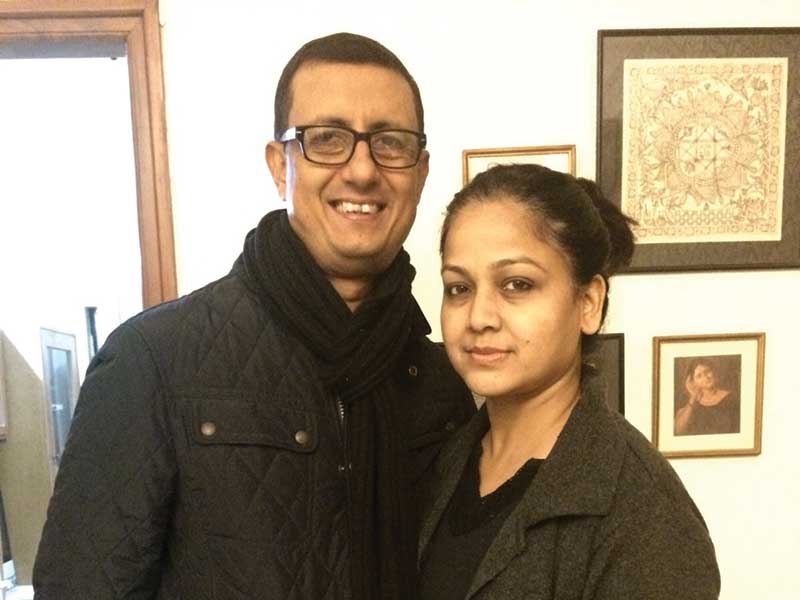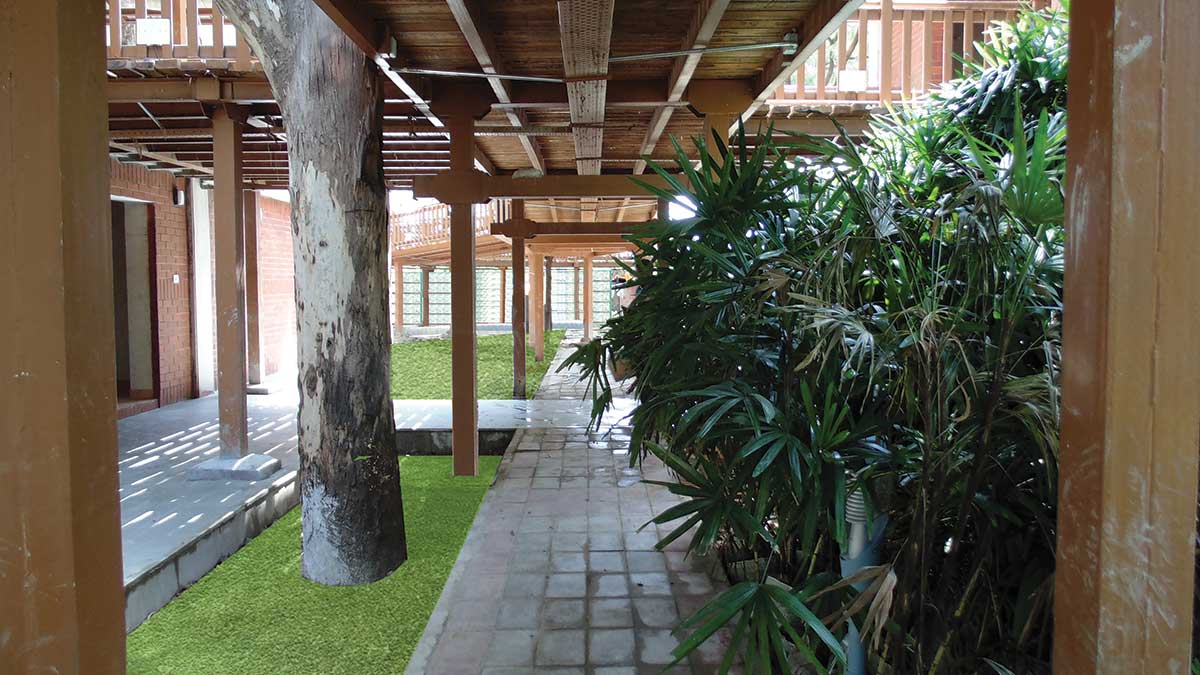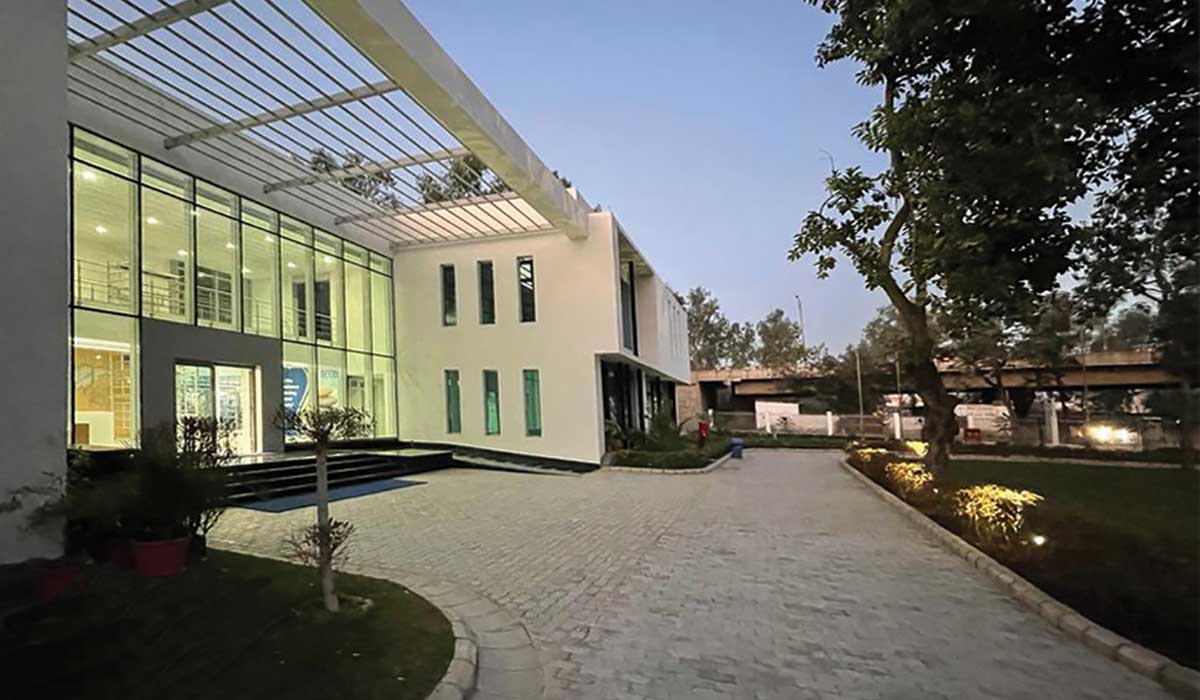
Rapid urbanization has long created vast inequalities and divides in developing countries like India, and the pandemic has only accelerated this. This largely unplanned urbanization is coming at an extreme cost of our already fragile environment. Over the past few years, we have seen a complete breakdown of the social fabric in the metropolitan as well as Tier 2 cities.
As Architects and Urban Designers, it is our responsibility to actively address issues that relate to the sustainable survival of our cities and towns, and guide and impress upon the new generation of young architects and interns how thoughtful design interventions can make our cities greener, cleaner, safer and people friendly.
At SSA, we love to experiment extensively with responsive building envelopes and air-purifying façade systems, look at new avenues of inquiry with a deep interest in exploring unique building materials. Working hands-on with materials like ferrocement and fibre-reinforced polymers in some of our projects, assisted by computational design modules, makes us curious about the unique properties of various building materials.

Having been deeply influenced by the ideas of ‘nature-based metropolitan solutions’ we hope to explore and look at multiple aspects of design solutions starting from the city level, right up to individual building interiors that will help in blurring the boundaries between the built and the natural environment in metropolitan cities.
Architecture need no longer be about permanent, lofty and statement buildings, but about transient, down to earth, and a muted language of design.
It is time that the architectural profession adapted quickly to address the new normal - to protect and care for our environment and nature. The idea of ‘transient architecture’ which is a way of building that leaves almost no carbon footprint will gain prominence soon. A striking example of transient architecture is the temporary township that springs up every 12 years, on the banks of the Ganges during the Kumbh Mela and vanishes without any trace at the end of the festival.

Nurturing an intimate connection between the user and nature using temporary structures.
One may also recollect the traditional concept of neighborhood’s ‘Durga Puja pandals’ which are temporary pavilions, dexterously handcrafted and erected almost entirely out of bamboo, ropes, and fabric, for a five-day long autumn festival each year. Could architects adopt these features of India’s cultural landscape (now also recognized by UNESCO) as a model for holistic architecture in the future where we could live harmoniously with nature?
The success of any environmental design strategy will always depend on how the end-users connect with the surrounding natural elements. Quoting David Attenborough: “No one will protect what they don’t care about, and no one will care about what they have never experienced.”















